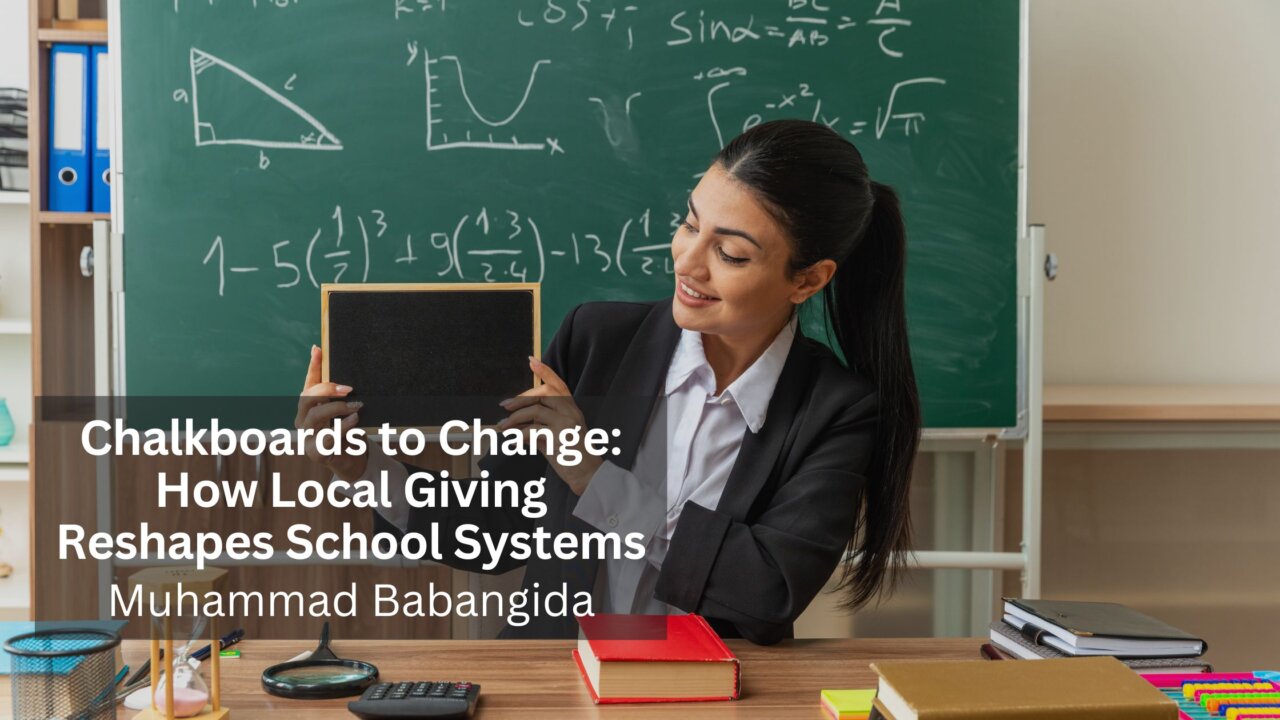Across the country, public school systems are grappling with limited budgets, outdated materials, and overburdened educators. Yet, in the midst of these challenges, local giving is quietly but powerfully transforming classrooms—from chalk-dusted blackboards to dynamic learning environments that inspire both students and teachers. When communities invest in their schools, the ripple effects go far beyond the classroom walls.
Unlike federal or state funding, local giving is often faster, more flexible, and more attuned to specific needs. Whether it’s a small-town business donating laptops, a parent-led fundraiser for a new playground, or a nonprofit offering after-school programs, local philanthropy is tailored and responsive. It fills the gaps traditional systems can’t always address.
The beauty of community-based giving is that it fosters ownership and engagement. When a local entrepreneur funds a STEM lab or an artist donates murals to brighten up a hallway, students see firsthand that their learning matters to the people around them. These acts of generosity transform sterile school environments into vibrant, student-centered spaces that fuel imagination and pride.
Moreover, local giving empowers educators. Teachers often spend hundreds of their own dollars each year on basic classroom supplies. Support from community partners eases that burden and allows educators to focus more on teaching and less on scraping together resources. Even modest grants for books, art supplies, or science kits can ignite a new level of creativity and learning in the classroom.
Beyond material support, local giving also enables enrichment opportunities that many public schools can’t afford—mentoring programs, music lessons, field trips, and college readiness initiatives. These extras may seem small, but they often shape a student’s belief in what’s possible and widen their horizon of hope.
Perhaps most importantly, local giving creates a culture of collective responsibility. It sends the message that education is not just the job of teachers or administrators—it’s a shared effort. And when students succeed, the entire community reaps the benefits in the form of stronger economies, lower crime rates, and a more engaged citizenry.
Conclusion:
From chalkboards to real change, local giving is a powerful tool in reimagining what education can be. When neighbors, businesses, and families come together to support their schools, they’re not just donating supplies—they’re investing in futures. And those investments have a way of paying dividends for generations to come.
